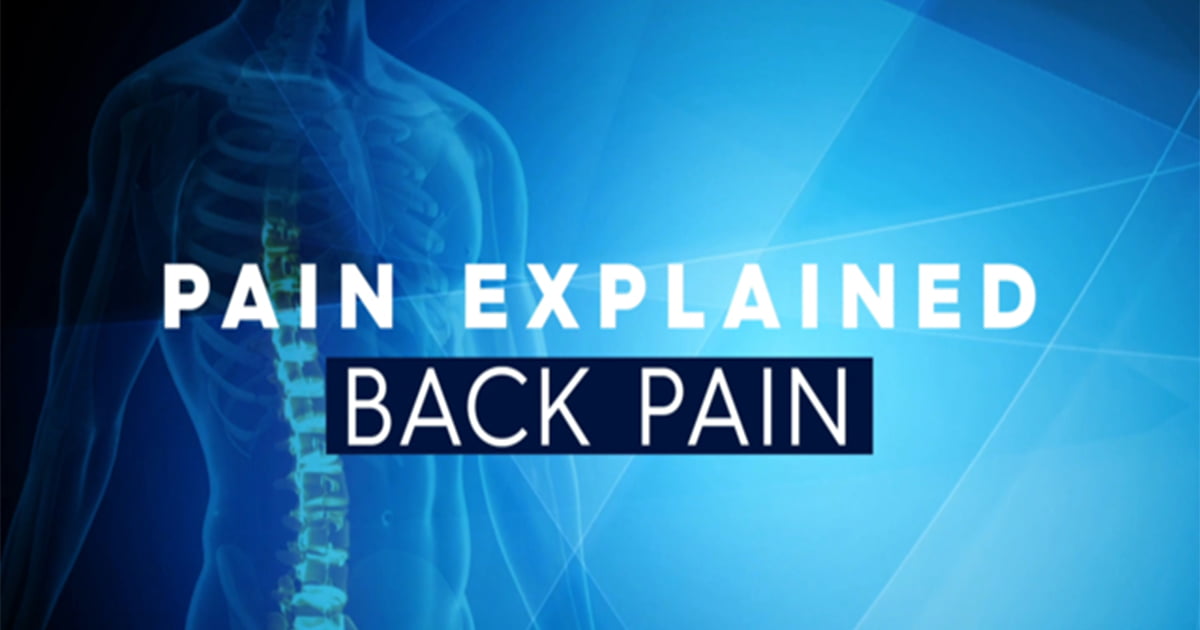Back Pain Affecting The Everyday Life of Many People

Overview:
“Back Pain Affecting The Everyday Life of Many People”. Back pain is one of the most common complain of many people in their everyday life. Backache is the most prevailing cause of disability worldwide.
Luckily, there are many ways by which we can precentor relieve the most of the back pain occurrence especially for people that are younger than age 60. If prevention fails, we can simply modify their lifestyle and also provide some basic home treatments and correcting their postures often heal the back within few weeks. Surgery is the last option for the treatment of back pain.
Definition:
“Back Pain Affecting The Everyday Life of Many People”. Back pain is simply defined as pain that can range from dull, constant ache to sudden, sharp pain that may radiate down to the leg. It is also called as backache or lumbago .
Symptoms:
Backache can range from muscle pain to a sharp shooting, burning or stabbing sensation of pain. Also the pain can pass down to a leg. Movements like bending, twisting, lifting, standing or walking can make it worse.
Causes:

Some Causes of Back Pain Are :
Muscle or Ligament Strain:
Heavy lifting or sudden twisting position can cause strain in back muscles and spinal ligaments. Poor physical condition, constant stress on the back cause painful muscle spasms.
Bulging or Ruptured Disks:
Disks acts as cushions between the bones in the spine . The soft material inside disk can bulge or rupture and press on a nerve. Disk disease is often found on spine X-rays, CT scans or MRIs done for another reason .
Arthritis:
Osteoarthritis can affect the lower back. In some cases, arthritis in the spine can lead to a narrowing of the space around the spinal cord, a condition called spinal stenosis.
Osteoporosis:
The spine’s vertebrae can develop painful breaks if the bones become porous and brittle.
Mechanical Backache:
This type of back pain is caused by repetitive back movement that cause muscle strain.
Others:
Facet joint lock ,Spondylosis,lumber lordosis in pregnancy, obesity, poor posture, muscular issues , nature of occupation, sudden trauma.
Risk factors:
Back pain can be developed by any person even children and teens. Some factors can increase the risk of developing backache:
Age :
Backache can vary from age to age . As our age advances, backache becomes more common around age 30 or 40.
Lack of Physical Activity:
Due to sedentary lifestyle muscles become weak ,unused muscle in the back and abdomen might lead to backache.
Excess of Physical Activity:
Excess of physical activity can also cause stress on the back.
Disease:
Back pain can be related to some diseases like cancer .
Poor Body Mechanics :
Using back instead of legs during weight lifting can causes back pain.
Psychological Conditions:
People prone to depression and anxiety appear to have a greater risk of pain in back. Stress can cause muscle tension, which can contribute to backache.
Smoking:
Smokers are more prone to back pain . It may occur because smoking cause coughing which can lead to herniated disks. Smoking also can decrease blood flow to the spine and increase risk of osteoporosis.
Prevention:
Back pain can be prevented by modifying the life style, avoid the triggers and to understand the nature and mechanism of body muscles support our back.
To Keep Back Healthy and Strong:

Exercise or Physical Activity:
Low impact aerobic exercises that develop strength in muscles and endurance in back and allow muscles to work better.Walking, bicycling and swimming develop strength in muscles of the back.
Build Strength and Flexibility in Back:
Abdominal and back muscles exercises which strengthen the core, help back for work better and support the back.
Physical Therapy Treatment:
For superficial muscles ( hot pack, Infra-red) and for deep muscles ( Short-wave diathermy SWD, ultrasound, TENS)
Mobilization:
For acute lower back pain (Soft tissue mobilization) For fascia and skin: Skin rolling( clockwise and anti-clockwise movements.
Pinch grip for muscles( Movement with mobilization that is grip the muscles and movement done by the patient.It is done if there is posture issue or any spasms muscles relieved by it ( just for minor tenderness).
SWD:
Used for tenderness.
Ultrasound:
For tissue tear
For Chronic LBP:
Repeat all the above treatment and muscles strengthening exercises.
Exercises:
Cat cow posture, cobra positioning, bridging, pelvic strengthening and stretching exercises and medications prescribed by your physician.







